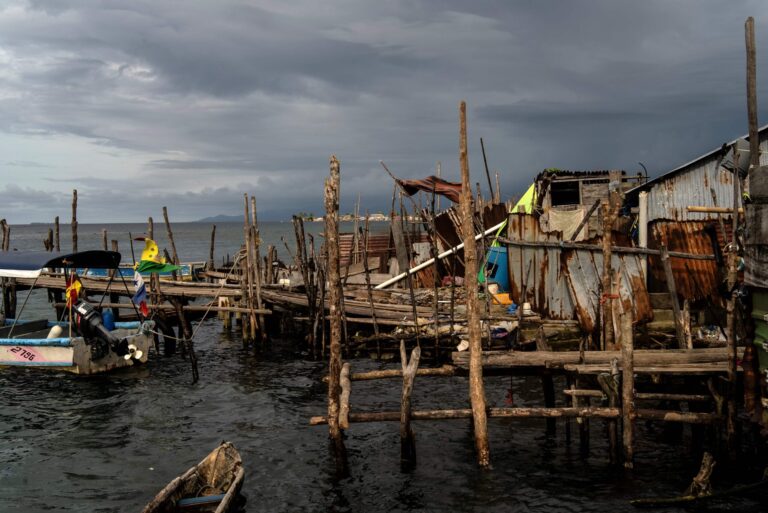Gardi Sugdub Island, an important site for the Guna Indigenous community, is facing a significant challenge, which pushes towards their relovation.
This small island has been home to the Guna people for generations, but the encroaching waters now threaten their way of life.
Let us see the main reasons why their evacuation is necessary at the moment.
1. Rising Sea Levels
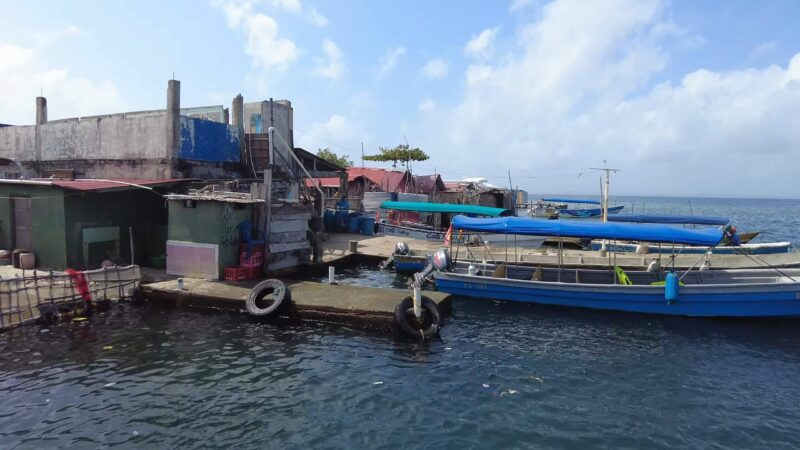
Climate change is driving sea levels higher, posing a direct threat to low-lying islands like Gardi Sugdub.
The Caribbean region has seen a significant increase in sea levels over the past decades, with some areas experiencing rises of up to 3 millimeters per year.
For Gardi Sugdub, this means frequent flooding, especially during high tides and storm surges, which have become more common and severe.
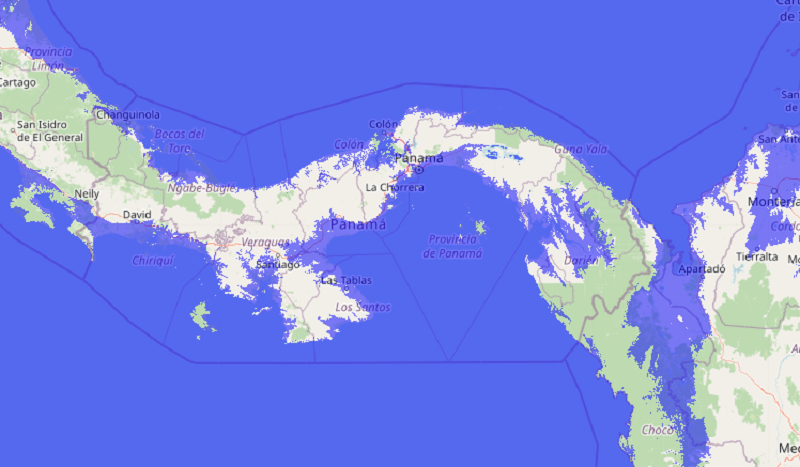
The island’s landmass is shrinking, with vital areas being submerged, leading to the loss of homes, agricultural land, and critical infrastructure.
The rising sea not only threatens the physical space but also the cultural and social fabric of the Guna community.
2. Increased Storm Intensity

The intensification of storms is another severe consequence of climate change affecting Gardi Sugdub.
As global temperatures rise, so does the energy available to fuel hurricanes and tropical storms. In recent years, the island has been battered by stronger and more frequent storms.
For example, Hurricane Iota in 2020 caused widespread damage across the Caribbean, including severe impacts on Gardi Sugdub.
These powerful storms destroy homes, infrastructure, and crops, making recovery increasingly difficult for the islanders.
The devastation brought by these storms underscores the urgent need for relocation, as staying on the island poses escalating risks to the safety and well-being of the Guna people.
3. Overcrowding
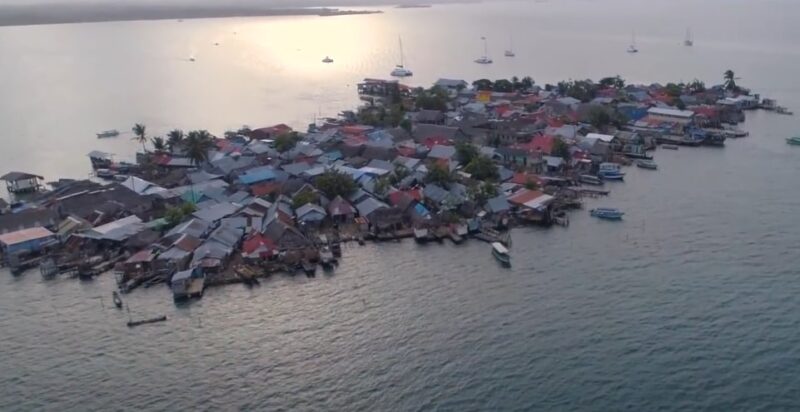
Gardi Sugdub’s small land area and growing population have led to significant overcrowding issues.
The island, roughly the size of a few football fields, is home to around 1,300 people, resulting in one of the highest population densities in the region.
Overcrowding strains the limited resources, including:
- Freshwater
- Food
- Space for housing and agriculture.
The lack of space exacerbates the impact of environmental threats, as there is no room for expansion or adequate disaster preparedness measures.
The Guna’s autonomous government has recognized that the island can no longer sustainably support its population under current conditions.
4. Government and Scientific Projections
Projections by Panama’s government and scientific community paint a grim picture of the future of Gardi Sugdub.
Studies indicate that sea levels could rise by an additional meter by the end of the century, rendering the island completely uninhabitable.
The government, in collaboration with environmental scientists, has conducted extensive research on the impacts of climate change along Panama’s coastlines.
These projections suggest that Gardi Sugdub will face increasingly severe flooding, land erosion, and saltwater intrusion, which will compromise freshwater sources and agricultural viability.
The estimated timeline indicates that within a few decades, living conditions on the island will deteriorate to a point where evacuation will not just be advisable but necessary.
5. New Living Conditions on the Mainland
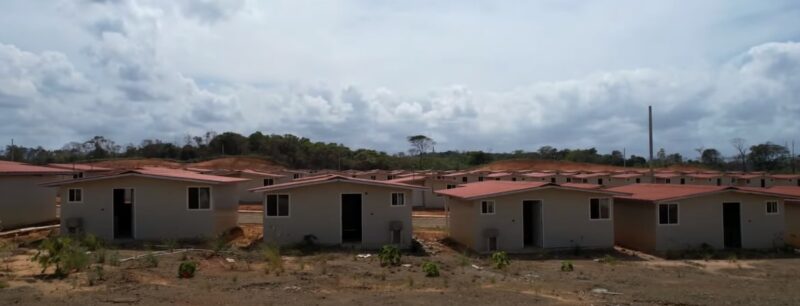
In response to the urgent need for relocation, the Panamanian government has initiated a $12 million project to build new homes for the displaced residents of Gardi Sugdub on the mainland.
The new community, named Isberyala, offers modern amenities and improved living conditions compared to the deteriorating island environment.
The planned settlement includes:
- Sturdy housing
- Reliable infrastructure
- Healthcare facilities
- Schools
- Spaces for cultural activities
The transition aims to preserve the Guna’s cultural identity while providing a safer, more sustainable environment.
Initial reactions from relocated families have been positive, appreciating the improved living standards and reduced environmental risks.
Summary
The evacuation of Gardi Sugdub is driven by rising sea levels, increased storm intensity, overcrowding, and dire projections for future habitability.
The move to Isberyala represents a hopeful new chapter for the Guna people, allowing them to thrive without the constant threat of climate-induced disasters.

